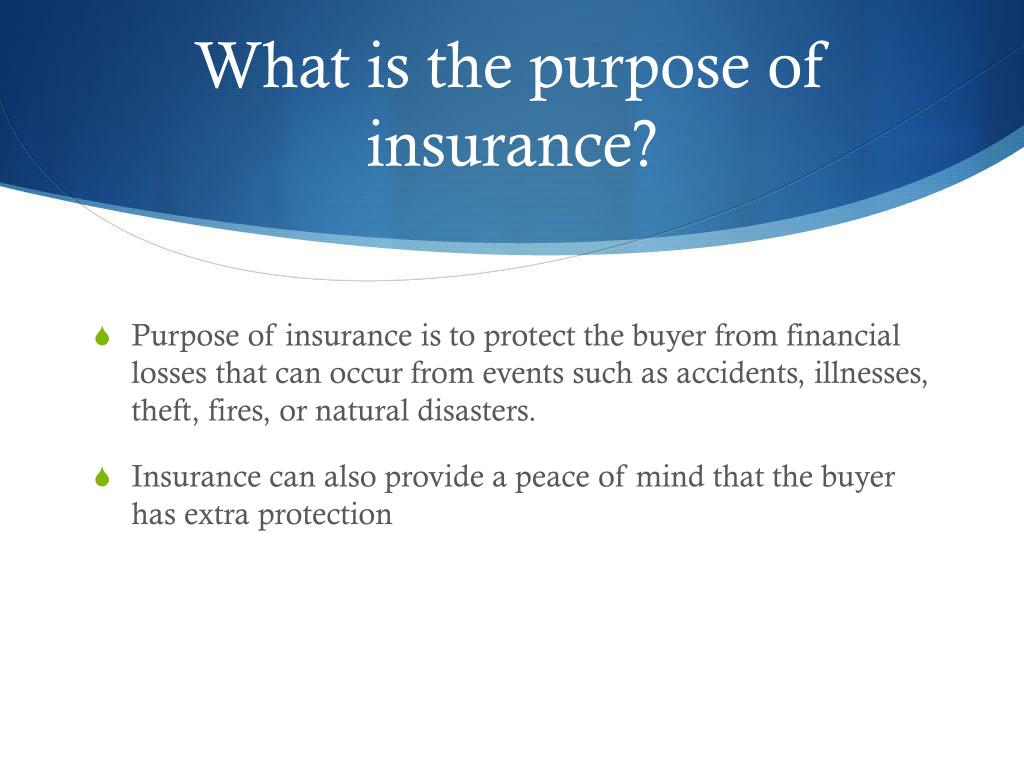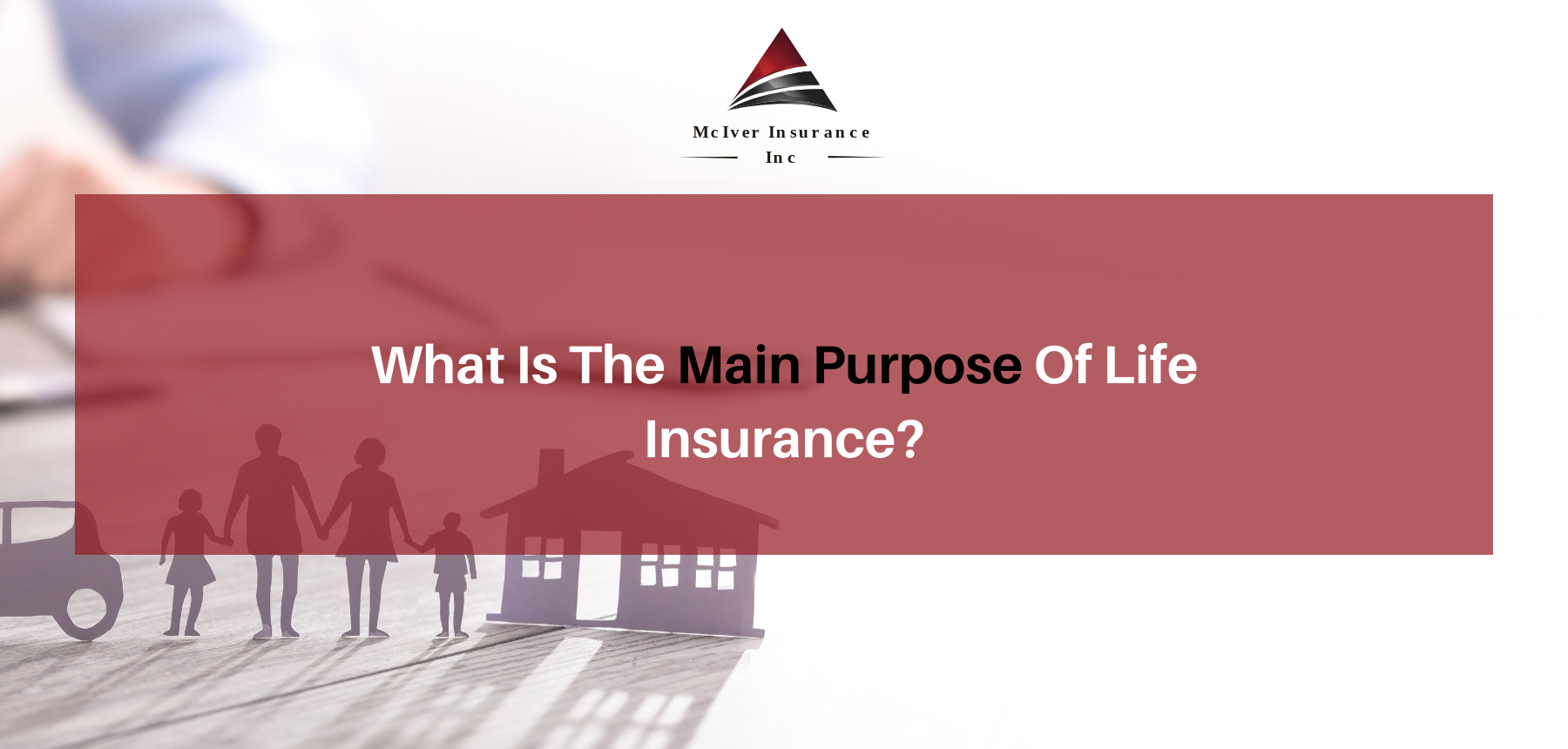The 10-Minute Rule for Pacific Prime
The 10-Minute Rule for Pacific Prime
Blog Article
The Best Strategy To Use For Pacific Prime
Table of ContentsUnknown Facts About Pacific PrimeSome Ideas on Pacific Prime You Should Know6 Simple Techniques For Pacific PrimeThe Pacific Prime StatementsThe smart Trick of Pacific Prime That Nobody is Talking About

This is due to the fact that the data were gathered for a duration of solid financial performance. Of the approximated 42 million people who were without insurance, almost concerning 420,000 (concerning 1 percent) were under 65 years of age, the age at which most Americans become eligible for Medicare; 32 million were grownups between ages 18 and 65, about 19 percent of all grownups in this age; and 10 million were kids under 18 years old, regarding 13.9 percent of all youngsters (Mills, 2000).
These estimates of the number of individuals uninsured are created from the annual March Supplement to the Current Population Study (CPS), carried out by the Demographics Bureau. Unless or else kept in mind, national price quotes of individuals without medical insurance and proportions of the populace with various kinds of protection are based upon the CPS, the most extensively used source of estimates of insurance policy protection and uninsurance prices.
The 10-Minute Rule for Pacific Prime

Still, the CPS is particularly valuable due to the fact that it creates yearly quotes relatively swiftly, reporting the previous year's insurance coverage estimates each September, and due to the fact that it is the basis for a regular set of estimates for greater than 20 years, permitting for evaluation of trends in coverage over time. For these reasons, along with the extensive use the CPS in other studies of insurance policy protection that are presented in this report, we rely upon CPS quotes, with restrictions kept in mind.

The quote of the variety of uninsured people increases when a populace's insurance coverage standing is tracked for a number of years. Over a three-year duration beginning early in 1993, 72 million individuals, 29 percent of the U.S. https://packersmovers.activeboard.com/t67151553/how-to-connect-canon-mg3620-printer-to-computer/?ts=1712004612&direction=prev&page=last#lastPostAnchor. populace, were without coverage for a minimum of one month. Within a solitary year (1994 ), 53 million individuals experienced at least a month without coverage (Bennefield, 1998a)
Six out of every ten without insurance adults are themselves employed. Although working does boost the chance that a person and one's relative will have insurance, it is not a guarantee. Even participants of families with 2 full time wage earners have virtually a one-in-ten possibility of being without insurance (9.1 percent uninsured rate) (Hoffman and Pohl, 2000).
Our Pacific Prime Statements
New immigrants represent a substantial proportion of individuals without health insurance policy. One analysis has actually connected a significant part of the current growth in the size of the U.S. Website uninsured populace to immigrants who arrived in the nation between 1994 and 1998 (Camarota and Edwards, 2000). Current immigrants (those that came to the United States within the past four years) do have a high price of being without insurance (46 percent), but they and their kids account for simply 6 percent of those without insurance coverage country wide (Holahan et al., 2001).
The partnership in between medical insurance and accessibility to care is well developed, as documented later in this chapter. Although the connection between medical insurance and health and wellness end results is neither straight neither easy, an extensive scientific and wellness solutions study literary works web links medical insurance coverage to enhanced access to care, much better top quality, and improved individual and populace wellness condition.
Levels of analysis for examining the effects of uninsurance. It focuses especially on those without any kind of wellness insurance coverage for any kind of size of time.
Getting The Pacific Prime To Work
The troubles encountered by the underinsured are in some areas similar to those dealt with by the uninsured, although they are generally much less serious. Health and wellness insurance coverage, however, is neither necessary neither adequate to obtain access to medical solutions. The independent and direct effect of wellness insurance policy coverage on accessibility to health and wellness services is well developed.
Others will get the healthcare they require even without wellness insurance coverage, by paying for it expense or seeking it from carriers who supply treatment complimentary or at highly subsidized prices. For still others, medical insurance alone does not make sure receipt of treatment since of various other nonfinancial barriers, such as an absence of healthcare companies in their neighborhood, limited accessibility to transportation, illiteracy, or linguistic and social differences.
Getting My Pacific Prime To Work
Formal study about without insurance populations in the USA dates to the late 1920s and very early 1930s when the Board on the Expense of Medical Treatment produced a series of reports about financing medical professional workplace brows through and hospitalizations. This problem ended up being significant as the varieties of clinically indigent climbed up throughout the Great Depression.
Report this page